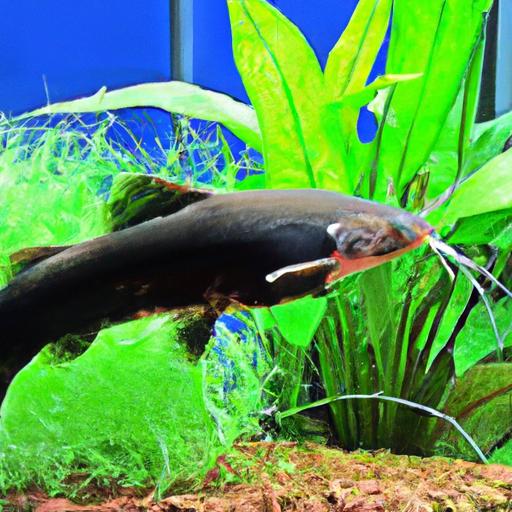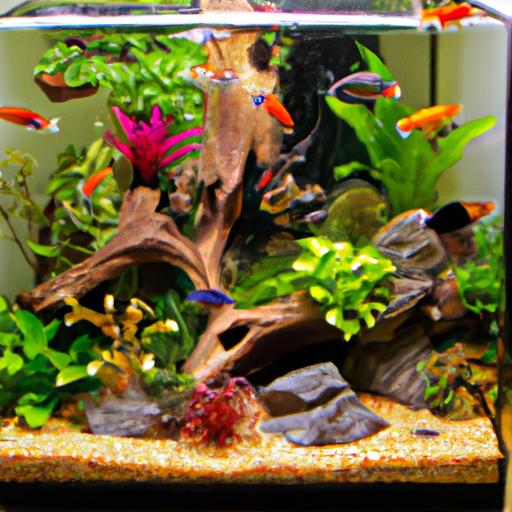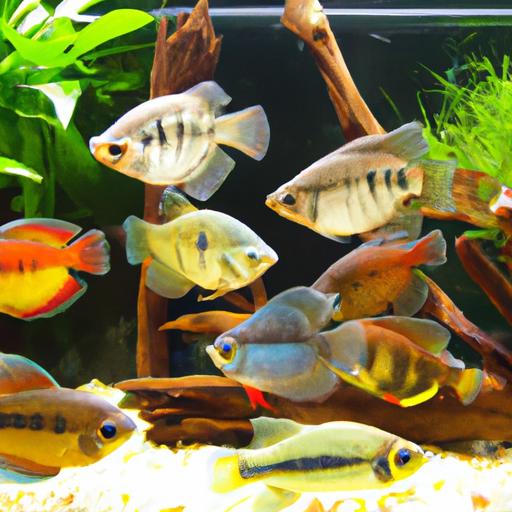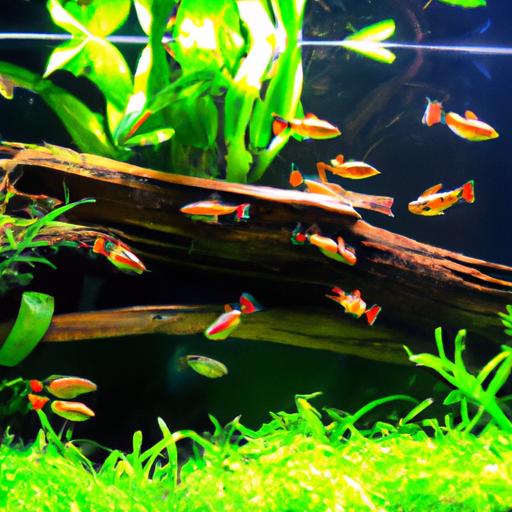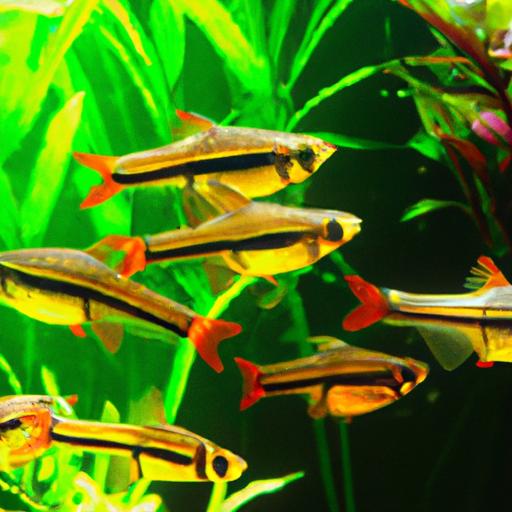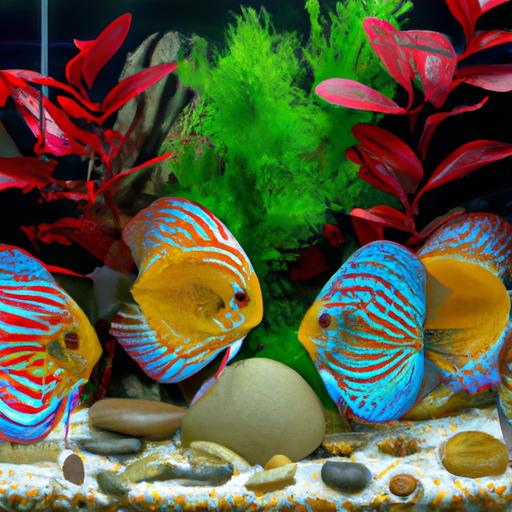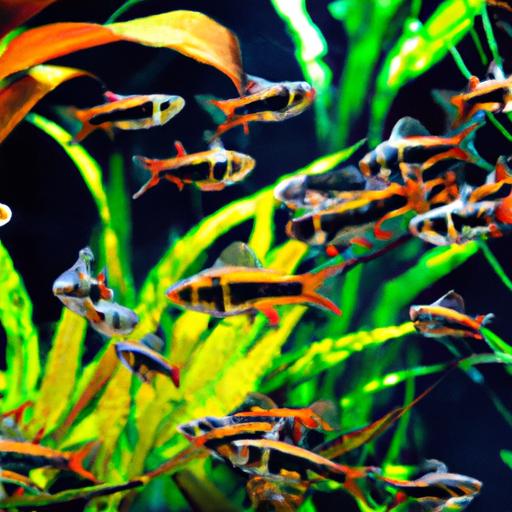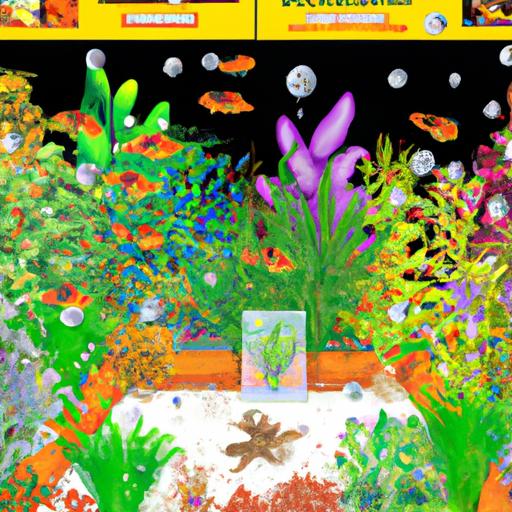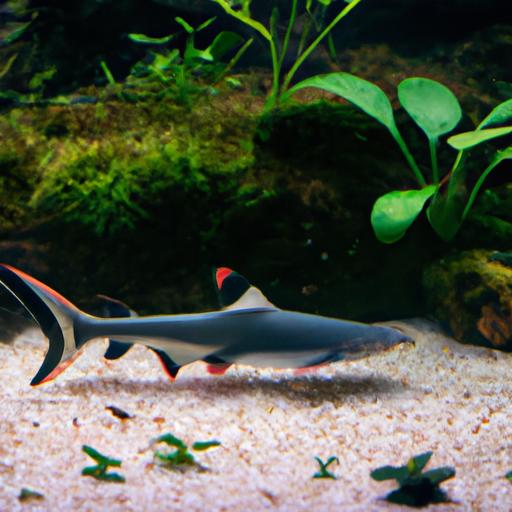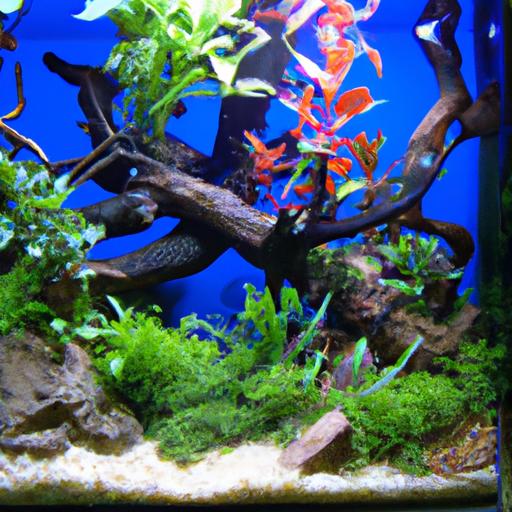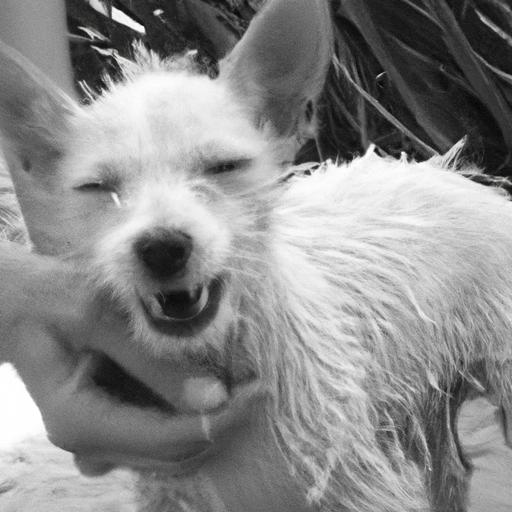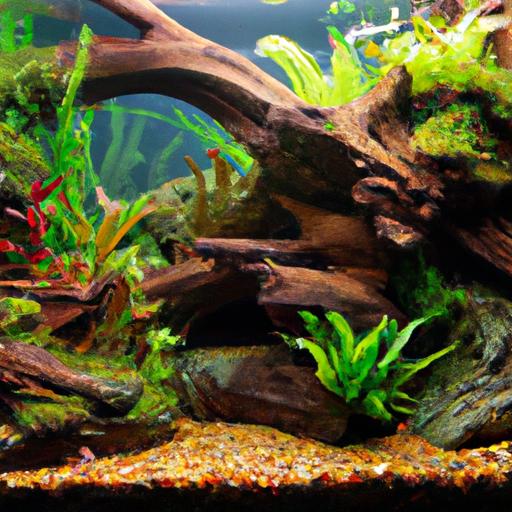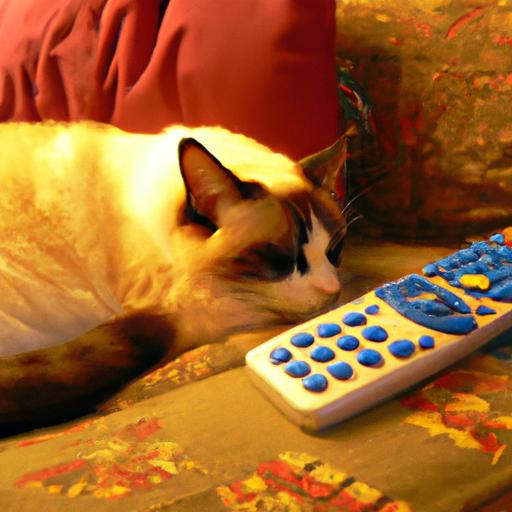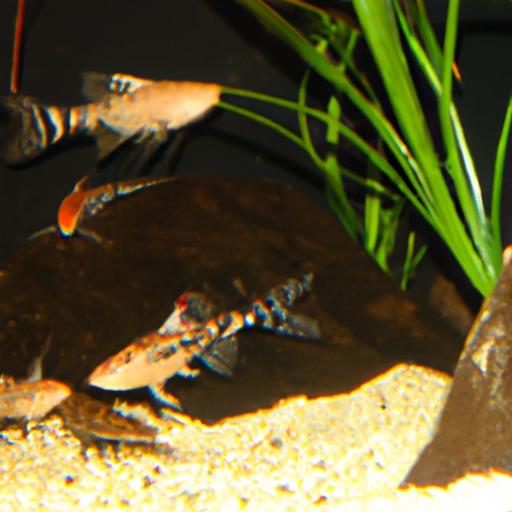
Tips for Successful Corydoras Care: A Complete Guide
Discover essential tips for successful Corydoras care in our comprehensive guide. Learn how to create an ideal tank setup and maintain optimal water conditions.
Introduction
Are you a proud owner of Corydoras catfish or planning to bring these adorable aquatic creatures into your home? Ensuring their well-being and happiness requires proper care and attention. In this comprehensive guide, we will provide you with valuable tips and insights on successfully caring for your Corydoras. By following these guidelines, you’ll be on your way to creating a thriving and vibrant aquarium for these delightful fish.
Tips for Successful Corydoras Care
Corydoras catfish are known for their playful nature and unique appearance. To provide them with the best possible care, consider the following tips:
Creating the Ideal Tank Setup
The first step towards a successful Corydoras care routine is to set up an appropriate tank environment. Ensure that you have a spacious tank, preferably 20 gallons or more, as Corydoras thrive in larger groups. Incorporate a soft substrate, such as sand, to mimic their natural habitat and protect their delicate barbels. Additionally, provide plenty of hiding spots and vegetation, allowing them to feel secure and explore their surroundings.
Maintaining Optimal Water Parameters
Maintaining suitable water conditions is crucial for the health and well-being of your Corydoras. Keep the water temperature between 72°F and 78°F (22°C – 26°C) and maintain a slightly acidic to neutral pH level between 6.5 and 7.5. Corydoras prefer soft to moderately hard water, with a recommended hardness of 2-15 dGH. Regularly test the water parameters using reliable test kits to ensure a stable and healthy environment.
Cleanliness and Filtration
A clean and well-filtered aquarium is essential for Corydoras care. These fish produce a significant amount of waste, so investing in a high-quality filtration system is crucial. Choose a filter that provides both mechanical and biological filtration, ensuring the removal of debris and the establishment of beneficial bacteria. Regularly clean the filter to maintain its efficiency and perform partial water changes of 25% every one to two weeks to prevent the buildup of harmful substances.
Compatible Tank Mates
When selecting tank mates for your Corydoras, consider their peaceful nature and sensitivity to aggressive fish. Opt for species that share similar water parameter requirements and exhibit non-aggressive behavior. Some suitable tank mates include tetras, gouramis, and other peaceful community fish. Avoid keeping Corydoras with larger or aggressive species that may intimidate or harm them.
Feeding Habits and Proper Diet
To ensure the optimal health and vitality of your Corydoras, provide them with a balanced and varied diet. These omnivorous fish appreciate a combination of high-quality pellets or flakes and live or frozen foods. Supplement their diet with small crustaceans, worms, and occasional vegetable matter. Feed them small portions multiple times a day to mimic their natural feeding behavior and prevent overeating.
FAQ (Frequently Asked Questions)
How many Corydoras can I keep together in a tank?
Corydoras are social fish that thrive in groups. It is recommended to keep them in groups of at least six individuals. The larger the group, the happier and more active they will be. Ensure that your tank can accommodate the appropriate number of Corydoras based on their adult size and the tank’s capacity.
Why do Corydoras swim at the bottom of the tank?
Corydoras are bottom-dwelling fish, and their behavior of swimming near the substrate is perfectly normal. They exhibit this behavior as they scavenge for food and explore their surroundings. It’s a fascinating sight to observe these playful fish foraging and interacting with their environment.
Are Corydoras compatible with other fish species?
Corydoras are generally peaceful and can coexist with a wide range of fish species. However, it is important to consider their specific requirements and temperaments when selecting tank mates. Avoid aggressive or fin-nipping fish that may cause stress or harm to your Corydoras. Always research the compatibility of potential tank mates before introducing them to your aquarium.
How can I differentiate between male and female Corydoras?
Distinguishing between male and female Corydoras can be challenging, but there are a few visual cues to look out for. Females tend to have a rounder and broader body shape compared to males, who are typically slimmer. Additionally, during breeding season, females may appear larger and have a more rounded belly. Observing their behavior during spawning can also provide clues about their gender.
What should I do if my Corydoras show signs of illness?
If you notice any signs of illness in your Corydoras, such as loss of appetite, abnormal swimming behavior, or physical abnormalities, it is crucial to take immediate action. Quarantine the affected fish to prevent the spread of disease and consult a reputable aquatic veterinarian or seek advice from experienced hobbyists. Prompt and appropriate treatment can greatly increase the chances of recovery.
Conclusion
Successfully caring for Corydoras catfish requires attention to detail and a commitment to creating a suitable and nurturing environment. By implementing the tips discussed in this guide, you can provide your Corydoras with the care they deserve. Remember to maintain optimal water conditions, create a comfortable tank setup, and select compatible tank mates. By following these guidelines, you can ensure the health, happiness, and longevity of your cherished Corydoras. For more information on caring for other fish species, check out our articles on successfully keeping Dwarf Gourami Varieties, Golden Wonder Killifish, and Celestial Pearl Danios. Happy fishkeeping!
